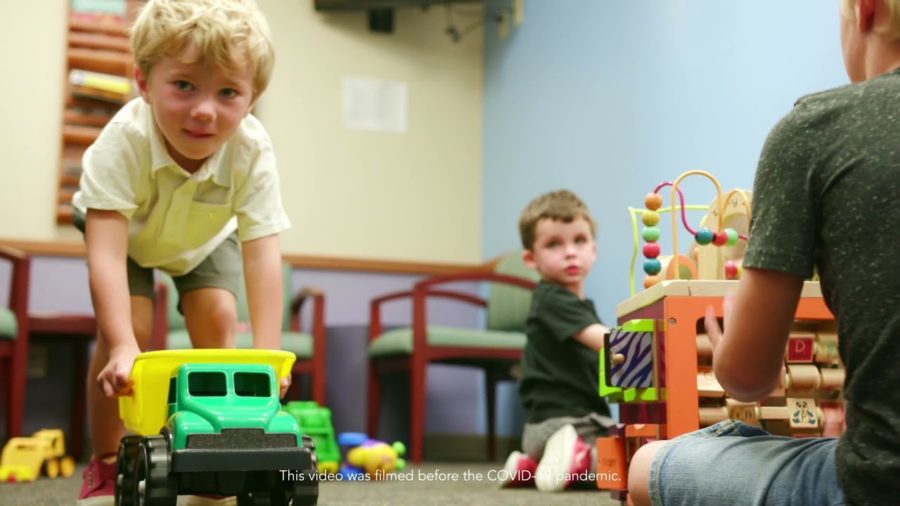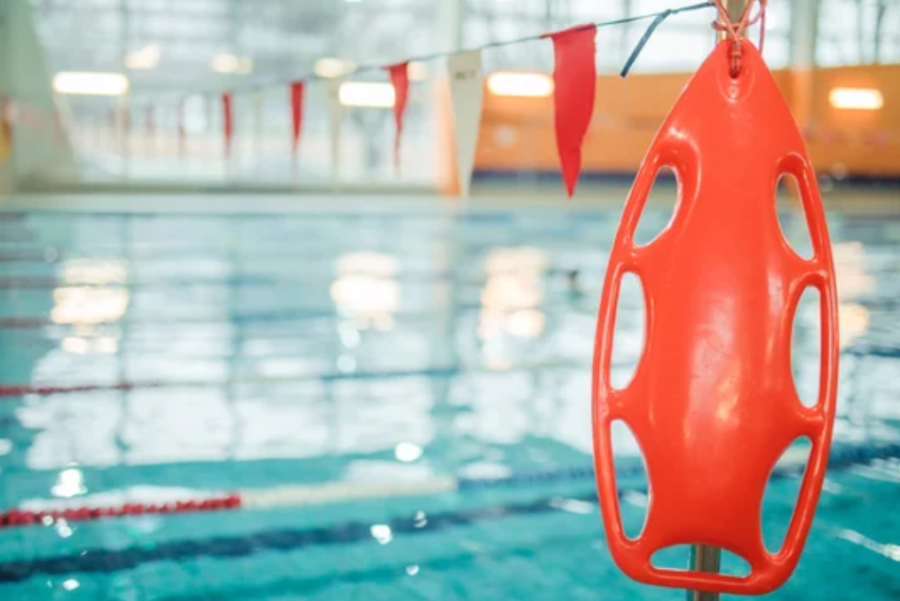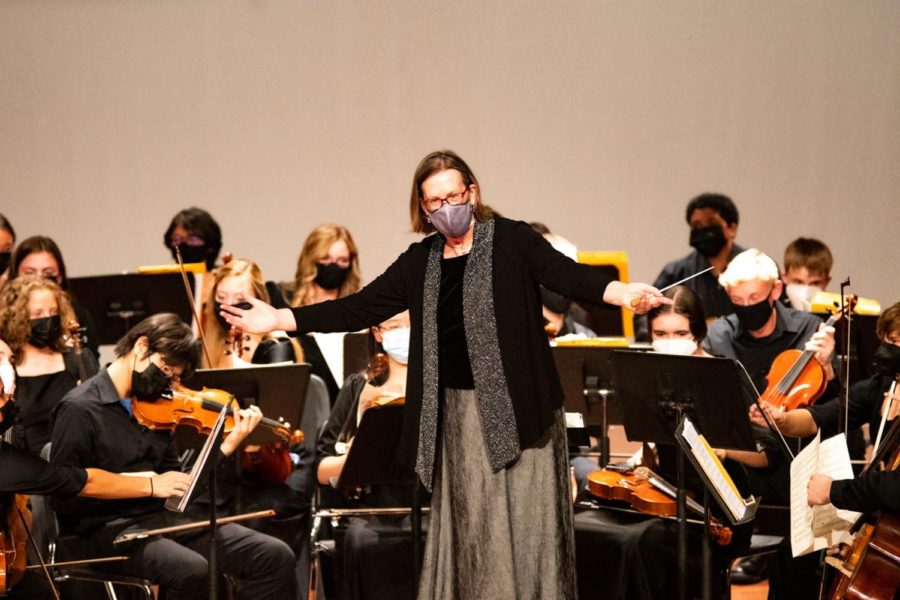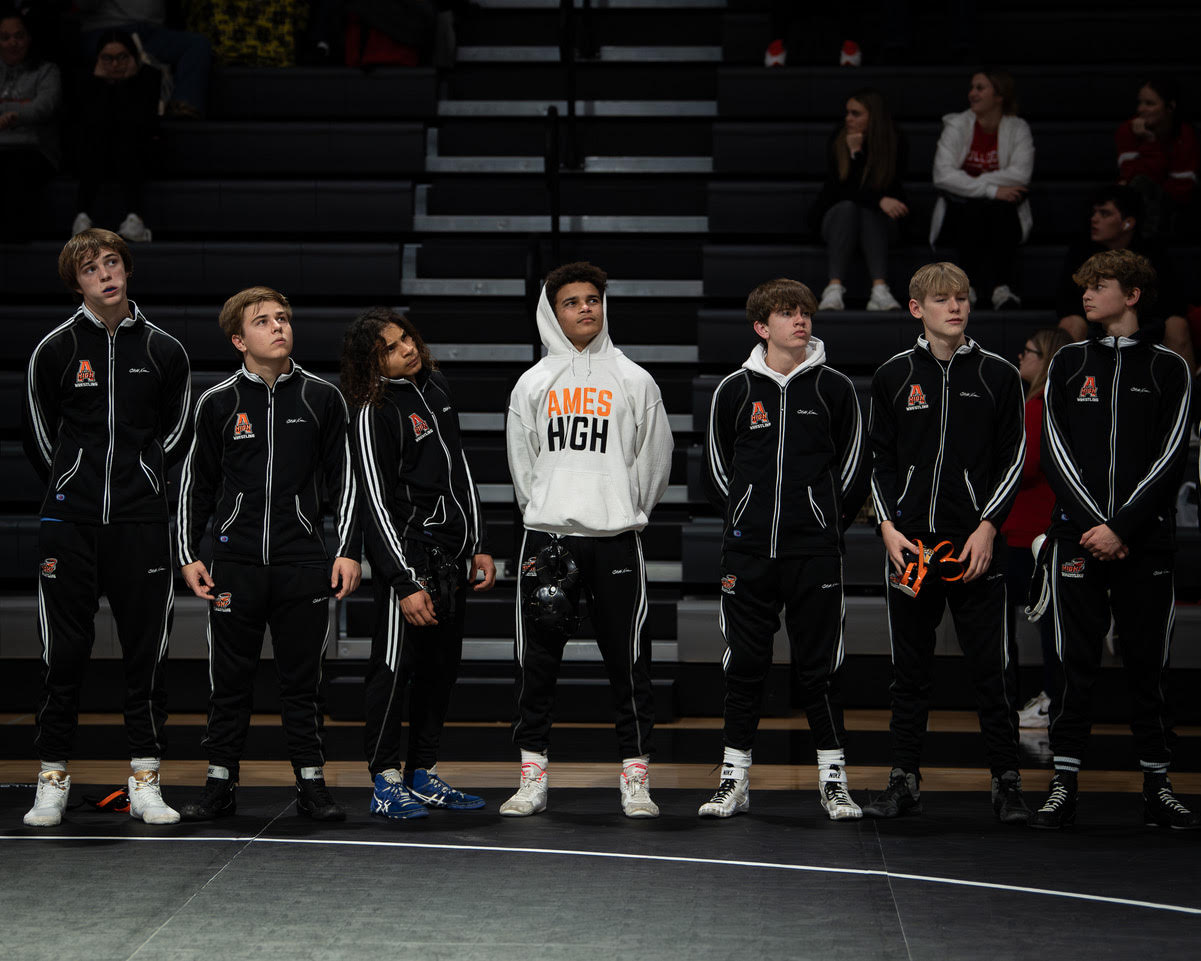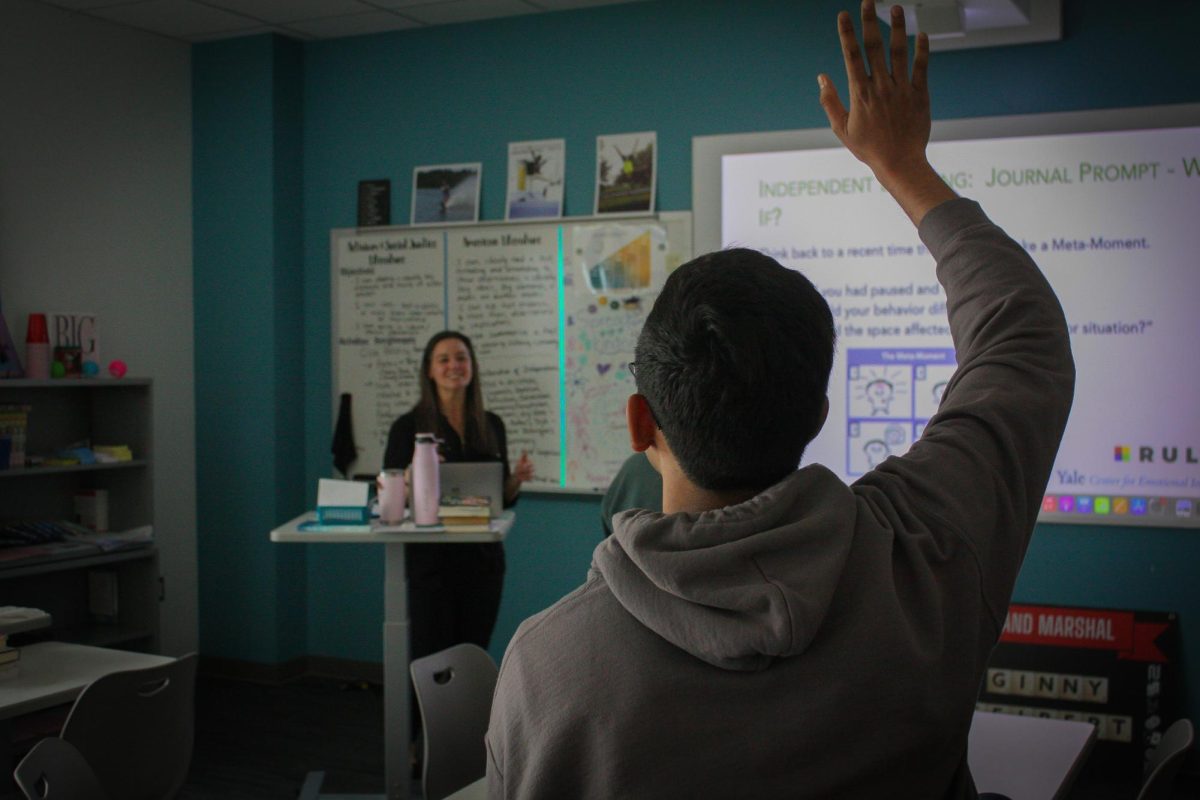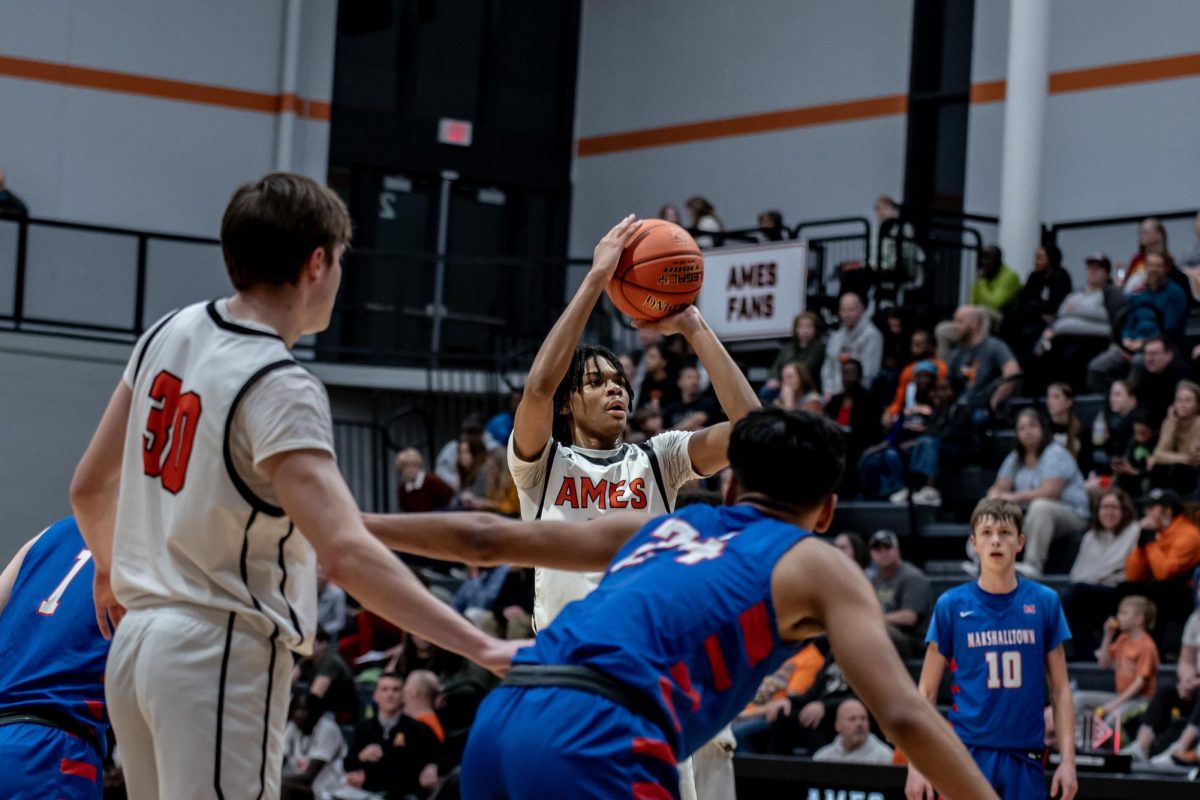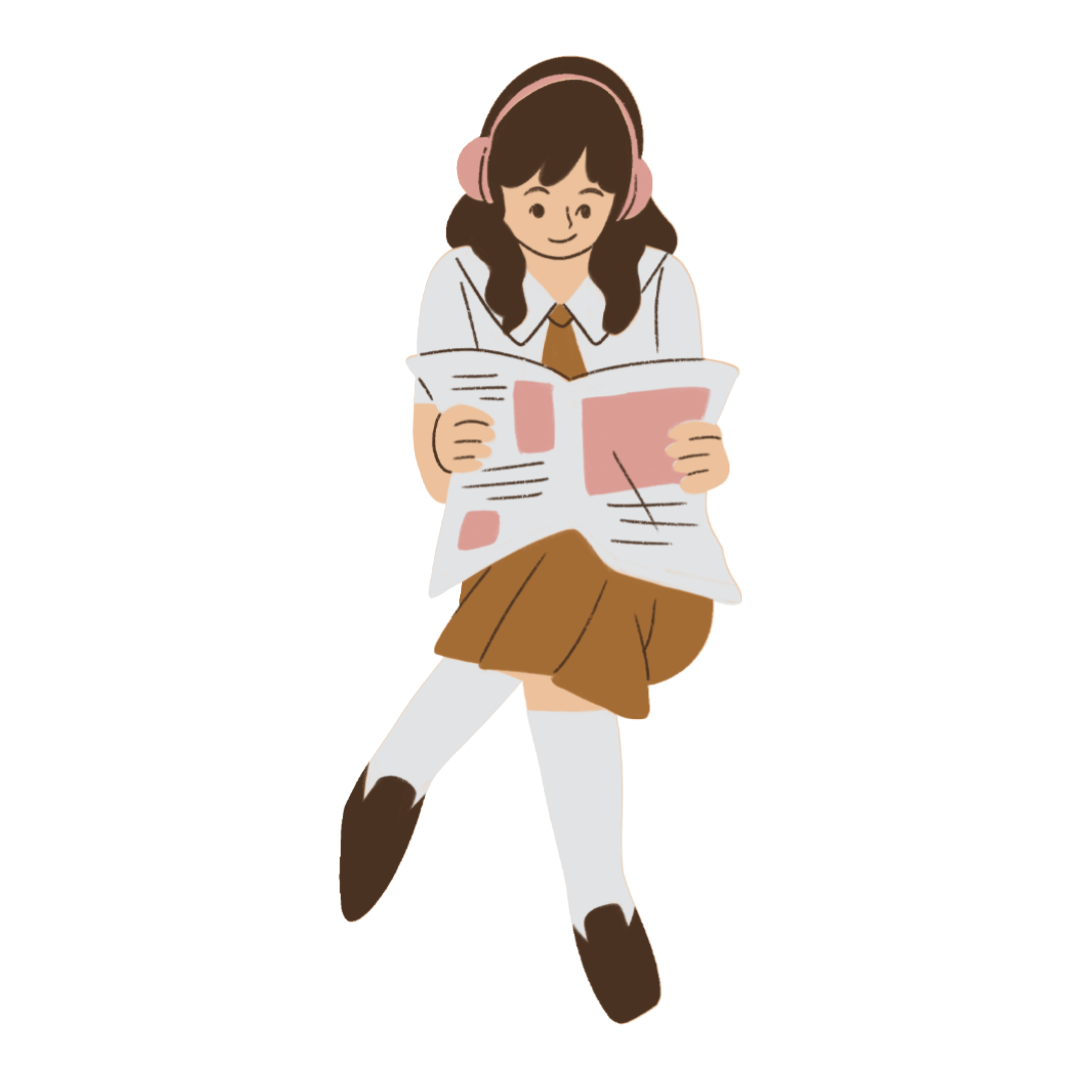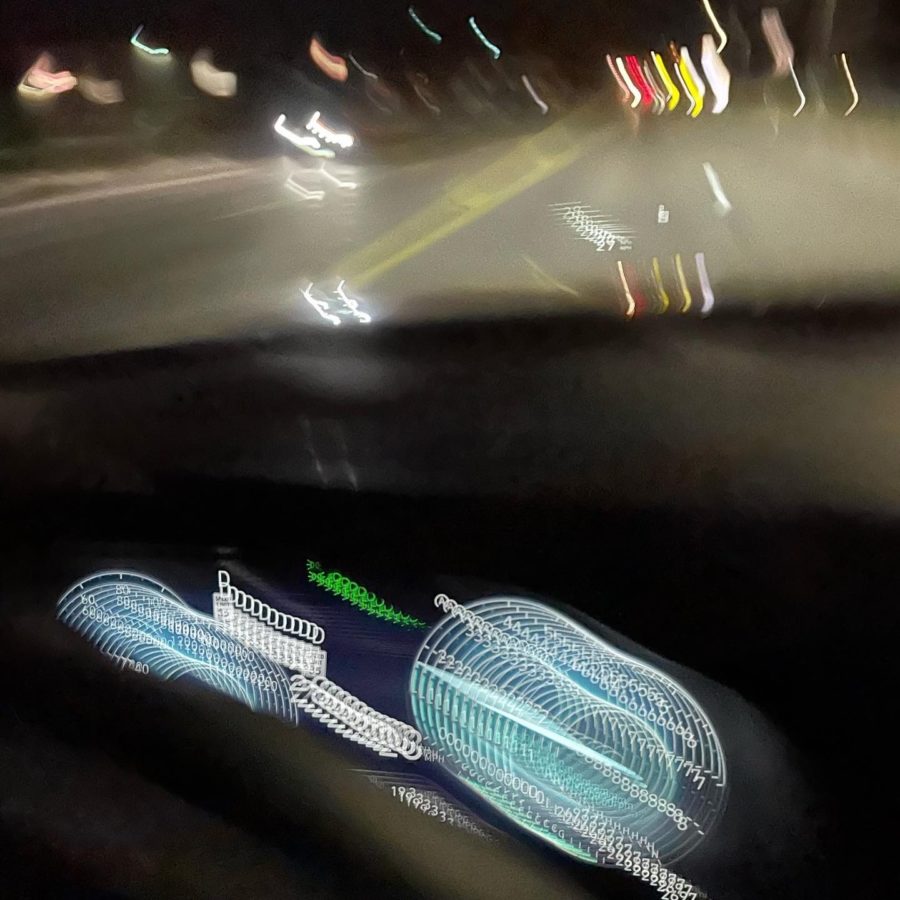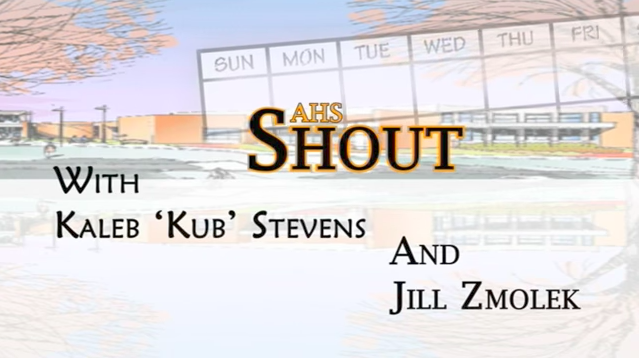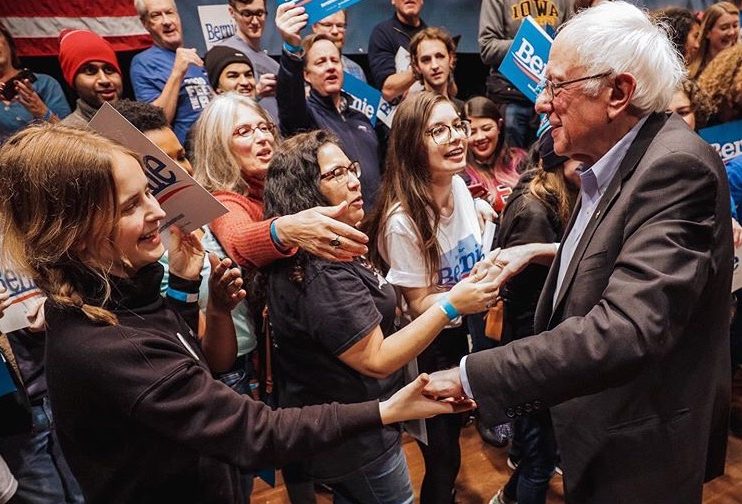In the past, studentsâ report card plusses served mainly ornamental purposes; now, they will be an integral part of their GPAs. â[The new system] was literally decided a day before school started, â said science teacher Mr. Lazere. There wasnât enough time given to think about [the new grading system]. Iâm not really sure all of the staff really understood the âA+â tweak. Everything was done in a hurried manner.â Under the new school-wide system, a plus letter grade will count a third of a point higher than a plain letter, and a minus grade will count a third of a point lower. For example, a âB+â will be worth 3.333, a âBâ worth 3.0, and a âB-â worth 2.666. According to UNI Senior Assistant Director of Admissions Daniel Schofield, before this year, Ames High was one of the few Iowa high schools that did not factor plusses and minuses into studentsâ GPAs. According to the high school administration, the new system attempts to fix several perceived problems with the old system. âBefore this system, you could have an 89 percent, and another student in the same class could have 81 percent, and you two would get the same grade,â said Ames High principal Mike McGrory. âSo we thought that, out of fairness, the student with an 89 percent will get a âB+â, and the student with an 81 percent will get a âB-â.â Second, students were not motivated to get high percentages within their letter grade range. There was simply little incentive to aim for a âhighâ A, B, or C. McGrory said that at the end of the semester, students could not raise their letter grades even if they aced their final exams. Furthermore, some students could get lower than an F on the exam and keep their grades. In addition, to further encourage students and be fair to students in the âAâ range, McGrory said that âA+âs would be awarded and worth 4.333. But most of all, McGrory said that as a result of the above factors, âstudents will increase their GPAs. We think that [the new system] will help [students] as far as college and so forth.â However, even with its positive changes, the new system has created some inequities for certain students. In particular, many 4.0 or near-4.0 students are protesting the change. âFor the âAâ students, it wonât balance out because [in some classes] it will be nearly impossible to get the âA+â. They wonât get many âA+âs with the current grading scales,â Lazere said. In several classes, an âA+â is set at only 100 percent. For students seeking to get a 4.0 GPA without taking âA+âs into account, the new system has effectively raised the bar from around 90 percent to around 93 percent. In many AP classes, the number of âA-âs has greatly exceeded the number of âAâs. In addition, there is some doubt that the administrationâs claims will come to fruition. âI donât think [that the argument for motivation] holds a lot of water,â Lazere said. âI think it might make a little difference…In a few cases, there might be students who work harder, but certainly in the AP courses, most students work pretty hard anyway.â Schofield notes that for average students in the B or C range âthere are just as many plusses as there are minuses awarded, so in the whole scheme of things, it evens out, fifty-fifty.â Even if a fourth of a studentâs grades were minuses with no plusses, his GPA would decrease by less than a tenth. Add plusses in the mix, and the change becomes insignificant. An unlikely, but possible, way to partially alleviate key problems with the new system is simply to list two GPAsâone calculated using the new system and one on the old system. âIn fact, that might be worth investigating,â Schofield said. Iowaâs Regent universities do not recompute grades and will use the highest number listed on the transcript in their admissions formula, regardless of the high schoolâs grading scale. Schofield said that there was simply not enough of a difference or enough resources to do so. âThere are some students who are extremely grade-conscious, but in the end, grades are not all that important, other than the really selective schools,â Lazere said. âEven in those cases, I canât believe that a couple of âA-âs would make the difference. They look at other things. They look at SATs and ACTs; they look at your recommendations; they look at letters. And donât forget extracurriculars.â
Controversial new grading system
LAWRENCE CHIOU, Online Editor
•
September 25, 2008
Story continues below advertisement
Leave a Comment
Donate to The WEB
$0
$450
Contributed
Our Goal
Your donation will support the student journalists of Ames High School, and Iowa needs student journalists. Your contribution will allow us to cover our annual website hosting costs.

